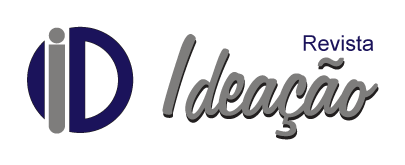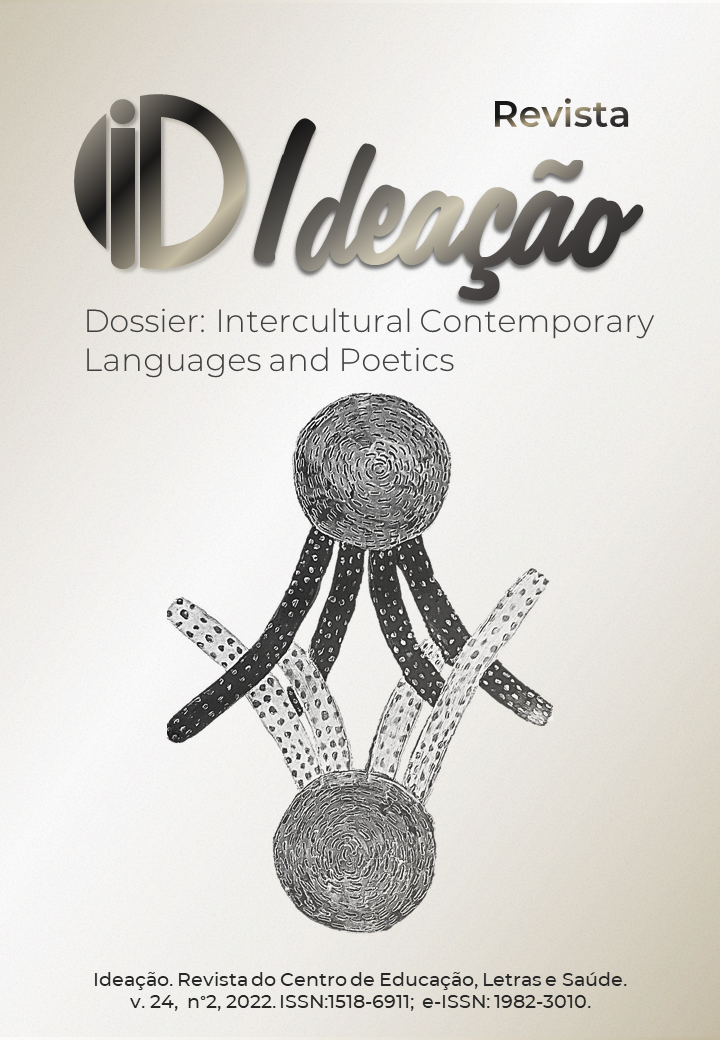The movement of language
Aspects of "non-creative writing"
DOI:
https://doi.org/10.48075/ri.v24i2.29082Keywords:
Non-creative writing, Kenneth Goldsmith, Collaborative practice, Internet, LanguageAbstract
We argue in this article that the copy and paste practice, present in productions called “non-creative writing” (NCW) (GOLDSMITH, 2015), has as its landmark the notion of collaboration developed from 1968 onwards and consolidated with the diffusion of the internet caused by the creation of the World Wide Web (www), in 1989. We will discuss that such characteristics insert 21st century appropriationism in a logic that dialogues with the technological changes of our time based on the manipulation of existing materials, as we routinely do in the transfer of different digital files from one place to another, altering them. how, when and how much we want; or when adding, modifying or deleting lines in open source files such as Linux or Wikipedia-like files. Just as users and programmers manipulate data that are available and use them, moving language from place to place under collaborative aspects, artists can feel comfortable using similar procedures in the production of literary works, turning to interventions, grafts, quotations and intentional plagiarism. Our objective is to discuss copying as a procedure based on these questions, using theorists such as Nathalie Heinich (2014), Reinaldo Laddaga (2012), Teixeira Coelho (2019) and Pedro Dolabela Chagas (2018). We will try to contextualize the ENC from our premise, commenting on works such as Traffic, by Kenneth Goldsmith (2007), Ensaio sobre os mestres, by Pedro Eiras (2017) and Sessão, by Roy David Frankel (2017).
Downloads
Published
How to Cite
Issue
Section
License
Copyright (c) 2022 Direitos partilhados conforme licença CC BY-NC-SA 4.0

This work is licensed under a Creative Commons Attribution-NonCommercial-ShareAlike 4.0 International License.
Authors who publish in this journal agree with the following terms:
1. Authors maintain copyright and grant the journal the right of first publication, with the work simultaneously licensed under the Creative Commons Attribution License that allows the sharing of the work with recognition of authorship and initial publication in this journal.
2. Authors are authorized to assume additional contracts separately, for non-exclusive distribution of the version of the work published in this journal (e.g., to publish in an institutional repository or as a book chapter), with acknowledgment of authorship and initial publication in this journal.
3. Authors are allowed and encouraged to publish and distribute their work online (e.g., in institutional repositories or as a personal page) at any point before or during the editorial process, as this may generate productive changes, as well as increase the impact and citation of the published work (See The Effect of Free Access).
Creative Commons License
This work is licensed under a Creative Commons Attribution-Noncommercial-ShareAlike 4.0 International License, which permits sharing, copying, distributing, displaying, reproducing, the whole or parts provided it has no commercial purpose and the authors and source are cited.


